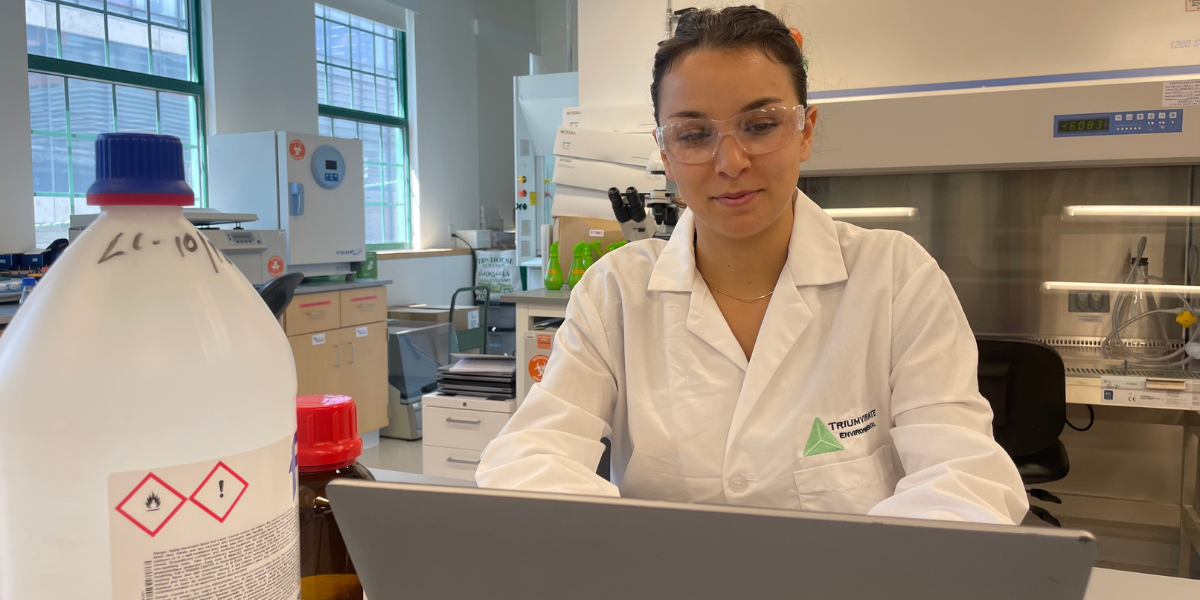3 Keys to Successfully Starting a New Lab Program
The start of a new laboratory can also mean the start of a new and exciting chapter for your organization. There are, however, many requirements involved in the process. Setting up a new lab space from scratch can be daunting, whether you've recently moved your lab into a new facility or are starting your own laboratory for the first time. Here are three things to consider before starting a laboratory that will make it more productive, compliant, and, most importantly, successful.
1. Ensure Proper Hazard Communication
Employers with hazardous substances in the workplace must implement a formal Hazard Communication program in accordance with OSHA's Hazard Communication Standard (HCS). This program should include written safety plans, processes for managing and maintaining safety data sheets (SDSs), container labels, chemical inventory lists, and employee training. Additionally, you will want to ensure your exposure, PPE, and hygiene assessments are completed.
2. Plan and Track Laboratory Training
When starting a new laboratory, managers and lab operators may not be aware of which trainings are needed and for whom. Some new labs will track their training records on Excel sheets with no organized system for notifying management or employees when a training is due. In some cases, trainings are done last minute, which can lead to delays in operations. For example, only RCRA and DOT-trained employees can sign hazardous waste manifests. So, if DOT training is done last minute, then manifests cannot be signed, and waste cannot be transported offsite until training is completed. Applicable trainings may include:
- Bloodborne Pathogen
- Radiation Safety
- Laser Safety
- First Aid
- Spill Prevention
- DOT Hazardous Materials
- RCRA Training
Labs that are moving or opening a new laboratory space are not required to re-train employees, their training records are still valid. Additionally, Very Small Quantity Generators (VSQGs) who generate no more than 220 pounds (100 kilograms) of hazardous waste per month are not required to be RCRA trained. However Large and Small Quantity Generators (LQGs and SQGs) are required to complete RCRA training.
3. Establish Plans and Procedures
Having certain plans in place are required to obtain laboratory permits. Permit applications can take months, so having plans established first is a necessary step. Here are the plans required by OSHA’s HCS:
- Respiratory Protection Program – When permissible exposure limits (PELs) of airborne pollutants are exceeded, or when the employer requires employees to wear respirators, then OSHA requires employers to develop and implement a documented respiratory protection program.
- Emergency Action Plan (EAP) – These plans are required for all labs in case an emergency occurs. OSHA requires you to have an EAP if fire extinguishers are present in your workplace, and if anybody will be evacuated during a fire or other disaster. The Emergency Action Plan must also list an emergency coordinator who can quickly get to a lab in an emergency.
- Fire Prevention Plan – A fire prevention plan should include a list of all main fire hazards in the workplace, as well as methods for handling and storing flammable materials. The list should include ignition sources, how to suppress them, and the protective equipment needed for fire control. To implement this plan, your city’s fire chief must inspect the lab and sign the plan. Having a signed fire prevention plan is required to obtain a flame permit so lab operators should get started quickly to avoid delays.
Don’t Start the Process Too Late
Don’t let late trainings and delayed plans and programs be the cause of a longer lab setup process. Triumvirate consultants can perform a gap analysis of your laboratory and create a personalized checklist for your new lab to make sure plans, trainings, and records are up to date. Find out more about how we can elevate your lab program below.






